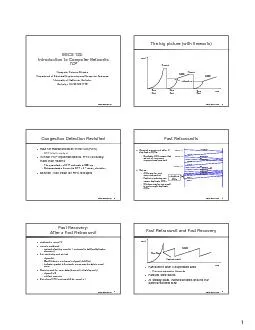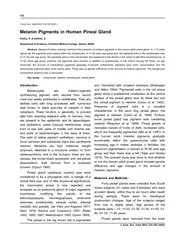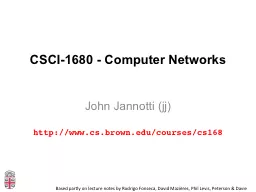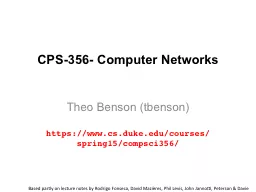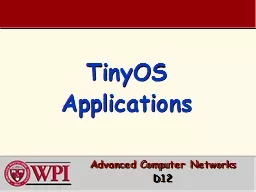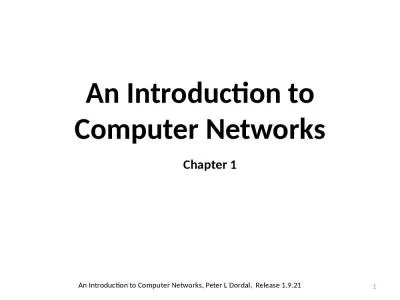PDF-Katz, StoicaF04EECS 122:Introduction to Computer Networks TCPComputer
Author : tatyana-admore | Published Date : 2015-10-12
Katz StoicaF04TCP Congestion Control SummaryMeasure available bandwidthSlow start fast hard on networkAIMD slow gentle on networkDetecting congestionTimeout based
Presentation Embed Code
Download Presentation
Download Presentation The PPT/PDF document "Katz, StoicaF04EECS 122:Introduction to ..." is the property of its rightful owner. Permission is granted to download and print the materials on this website for personal, non-commercial use only, and to display it on your personal computer provided you do not modify the materials and that you retain all copyright notices contained in the materials. By downloading content from our website, you accept the terms of this agreement.
Katz, StoicaF04EECS 122:Introduction to Computer Networks TCPComputer: Transcript
Download Rules Of Document
"Katz, StoicaF04EECS 122:Introduction to Computer Networks TCPComputer"The content belongs to its owner. You may download and print it for personal use, without modification, and keep all copyright notices. By downloading, you agree to these terms.
Related Documents

